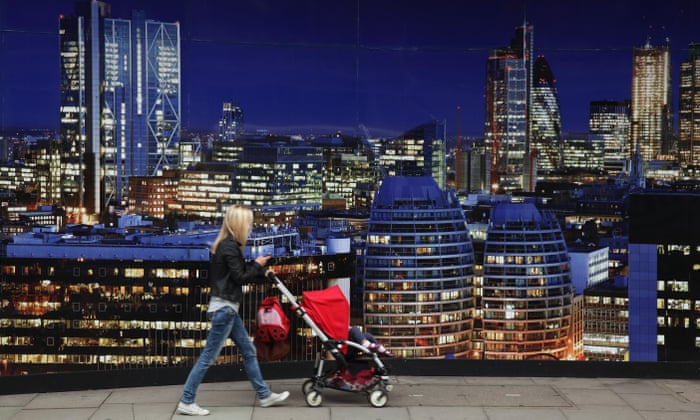Σεμινάρια Τετάρτης
Τμήμα Κοινωνικής Ανθρωπολογίας
Πάντειο Πανεπιστήμιο Κοινωνικών και Πολιτικών Επιστημών
Τετάρτες 15.00-17.00, αίθουσα Γ3
11 Μαρτίου
Επιτελεστικά πρότζεκτ τέχνης στο αρχαιολογικό πεδίο
Επιμέλεια:
Μάνθα Ζαρμακούπη (αρχιτέκτων και Δρ. αρχαιολόγος, ερευνήτρια Marie Curie Intra-European Research Fellow, Εθνικό Ίδρυμα Ερευνών και Πανεπιστήμιο του Birmingham)
και
Πάνος Κούρος (εικαστικός και θεωρητικός τέχνης, καθηγητής Πανεπιστήμιο Πατρών)
Συμμετέχουν:
Φοίβη Γιαννίση (Δρ. αρχιτέκτων και ποιήτρια, αναπληρώτρια καθηγήτρια αρχιτεκτονικής, Πανεπιστήμιο Θεσσαλίας)
Μάνθα Ζαρμακούπη
Πάνος Κούρος
Νατάσα Μπιζά (εικαστικός)
Γιώργος Τζιρτζιλάκης (αρχιτέκτων και θεωρητικός τέχνης αναπληρωτής καθηγητής αρχιτεκτονικής, Πανεπιστήμιο Θεσσαλίας)
Επιτελεστικές πρακτικές τέχνης στο αρχαιολογικό πεδίο. Ενδιαφέρει η σχέση σύγχρονης τέχνης και αρχαιολογίας όχι τόσο από την άποψη πρακτικών τέχνης που χρησιμοποιούν μεταφορικά έννοιες της αρχαιολογίας, αλλά με επίκεντρο project τέχνης που αναπτύσσονται στο πεδίο με μια πρόθεση συσχέτισης με το κοινό και παρέμβασης στη δημόσια σφαίρα. Κατά τη διάρκεια του παρουσίασης, οι τρεις συμμετέχοντες καλλιτέχνες θα παρουσιάσουν project τέχνης, που δοκιμάζουν μια διαφορετική συναναστροφή με τον επισκέπτη σε σχέση με τις δραστηριότητες και διαδικασίες της αρχαιολογίας. Σκοπός της παρουσίασής μας είναι να γίνει συζήτηση για νέες κατασκευές της εμπειρίας του αρχαιολογικού τόπου, του ευρήματος, της ιστορίας και τις κριτικές τους δυνατότητες σε σχέση με τις κυρίαρχες αφηγήσεις της σημερινής συνθήκης.
Θα παρουσιαστούν τα έργα «Η αγάπη των ενάρξεων δεν είναι η γοητεία των απαρχών» (2014, σε εξέλιξη), Πάνος Κούρος, τα «Ομηρικά» (2009), «Καμία σχέση με τον Διόνυσο» (2011), «Τέττιξ» (2012) της Φοίβη Γιαννίση και το «Σχέδιο φύτευσης» (2014) της Νατάσα Μπιζά.
Διάλογοι Ανθρωπολογίας, Αρχαιολογίας και Σύγχρονης Τέχνης
Σε πρόσφατο άρθρο του για τη σχέση μεταξύ φαντασίας και επιστήμης, ο Tim Ingold απευθύνει το ερώτημα, τί μπορεί να προσφέρει η σύγχρονη τέχνη, μεταξύ άλλων, «σε μια οικονομία γνώσης όπου η αναζήτηση για την πραγματική φύση των πραγμάτων έχει γίνει αποκλειστικό προνόμιο του επιστημονικού ορθολογισμού;» Ανεχόμαστε, διερωτάται, την κλίση προς το φανταστικό, ως μια ‘αποζημίωση’ στο πλαίσιο ενός κόσμου που κατά τα άλλα έχει πάψει να συναρπάζει; Τη διατηρούμε ως ένα τεκμήριο δημιουργικότητας, ως ένα πρόσημο πολιτισμού, ως απόδειξη σεβασμού για μια πολιτισμική ποικιλία ή απλώς προς τέρψη και διασκέδασή μας;
Στον προτεινόμενο κύκλο σεμιναρίων μας ενδιαφέρει να ανιχνεύσουμε, μεταξύ άλλων, τα ερωτήματα αυτά εστιάζοντας το ενδιαφέρον μας στη σχέση της σύγχρονης τέχνης με πεδία γνώσης που ασχολούνται με τον υλικό πολιτισμό του παρελθόντος ή του παρόντος, όπως η αρχαιολογία και η ανθρωπολογία. Τί μπορεί να προσφέρει η σύγχρονη τέχνη στα πεδία αυτά; Είναι καταδικασμένη να παίζει ρόλο δευτερεύοντα και περισσότερο ‘εικονογραφικό’ ή μπορεί να συμβάλει δυναμικά σε μια συνομιλία που θα συντελέσει στην εξέλιξη θεωριών και πρακτικών και των τριών αυτών πεδίων;
Αναζητούμε δρόμους και μέσα συνομιλίας και διάδρασης μεταξύ των τριών αυτών πεδίων που έχουν κοινά σημεία αναφοράς, αλλά και αποκλίσεις στην ιστορική διαδρομή και τα ενδιαφέροντά τους. Πρόθεσή μας δεν είναι να αναπαράξουμε τους θεσμοθετημένους αυτούς κλάδους ως υποσυστήματα με τη δική του το καθένα λογική, ούτε και να προσεγγίσουμε την τέχνη ως ‘αντικείμενο’ της αρχαιολογίας και της ανθρωπολογίας. Αντίθετα επιθυμούμε να ανιχνεύσουμε μια πλατφόρμα συνομιλίας που θα διαταράξει στερεότυπα και θα δημιουργήσει νέες μορφές σκέψης και έκφρασης συμβάλλοντας στην εξέλιξη νέων θεωριών και πρακτικών στα τρία αυτά πεδία.
Στον κύκλο των σεμιναρίων θα συμμετάσχουν αρχαιολόγοι, ανθρωπολόγοι, ιστορικοί και θεωρητικοί τέχνης, αρχιτέκτονες και εικαστικοί καλλιτέχνες.









